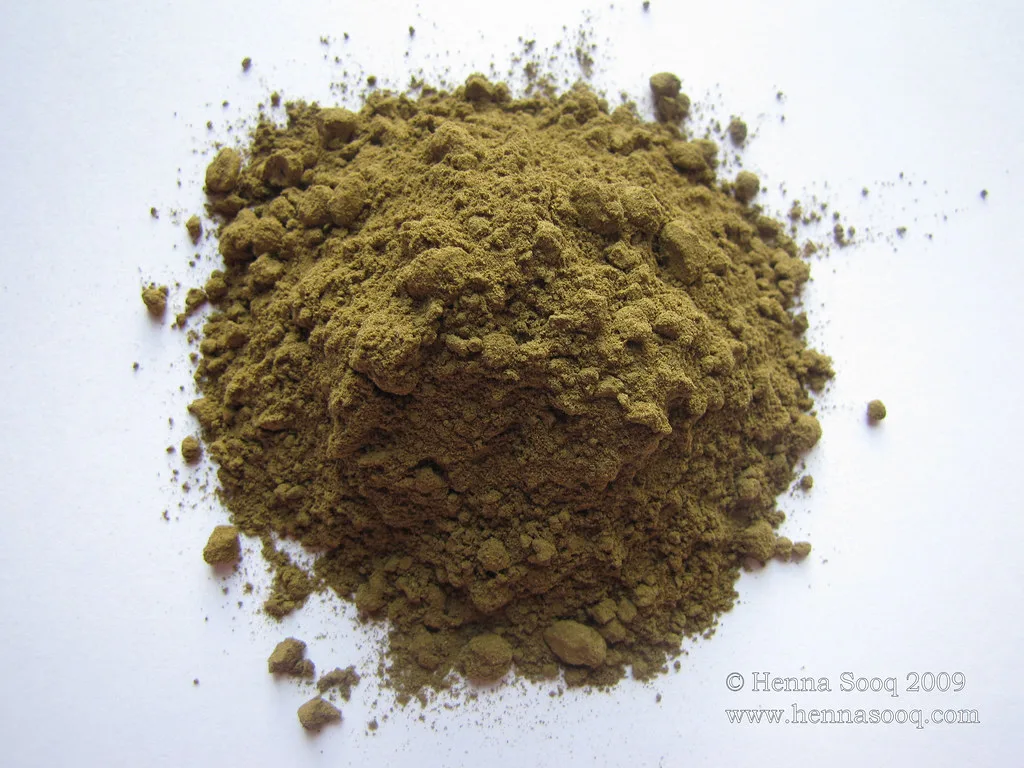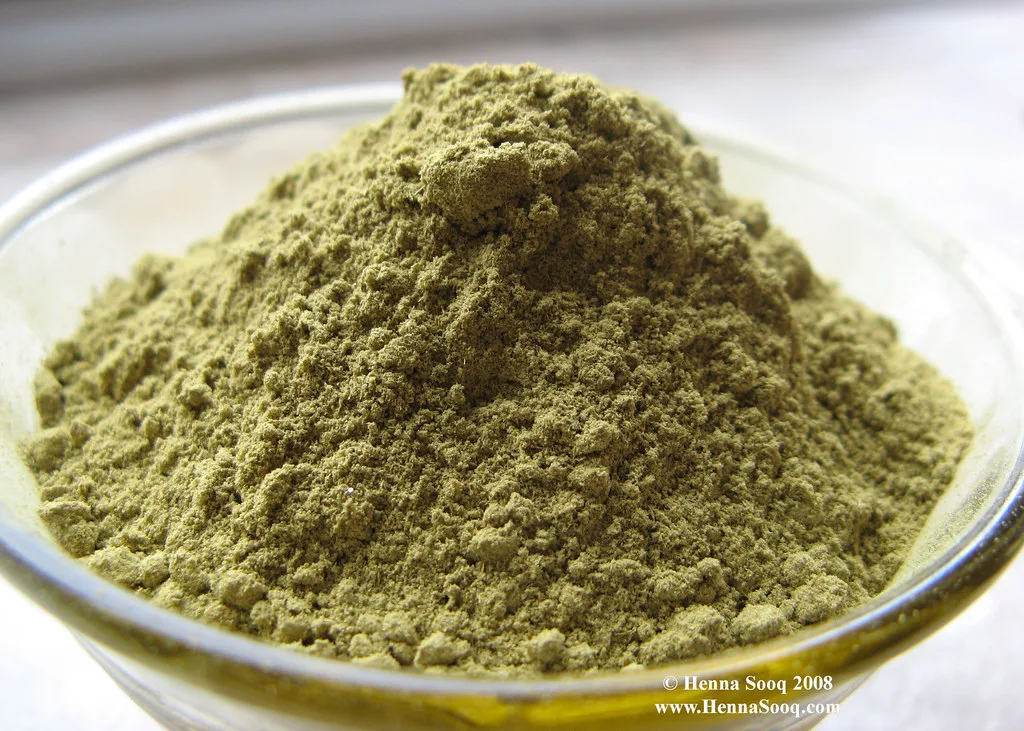Table of Contents
For ages, people have used Mehndi, also known as henna, as a natural hair dye, conditioner, and colorant. Its appeal lies in its ability to impart deep reddish-brown color and conditioning properties to hair. Using mehndi, like any other hair treatment, can have adverse effects, especially if done incorrectly or with certain sensitivities. These potential negative effects are important to be aware of when deciding whether or not to include mehndi in your hair care routine.

Applying Mehndi on hair and its side effects
Allergic reactions
Allergic reaction is a common side effect of applying Mehendi or henna on hair. While most people consider plant dyes to be safe, some people may have an allergic reaction to them. An allergic reaction can cause a rash, redness, swelling or itching on the skin or scalp. Severe allergic reactions can lead to contact dermatitis, which is painful and requires medical attention. It is best to do a patch test before applying mehndi to the entire scalp and hair to reduce the chance of allergies.

Dryness and brittleness
Mehndi has drying properties that can make hair dry and brittle, especially if applied frequently or left for long periods of time. The mehendi dye molecules adhere to the keratin in the hair shaft, potentially stripping it of moisture and natural oils. This can make your hair brittle, hard and prone to breakage. It is important to restore moisture and nourishment to the hair after the mehendi treatment by using an oil treatment or deep conditioning to combat dryness and brittleness.
Color variability
Another potential negative effect of Mehendi treatment on hair is color change. Depending on the natural color of the hair, the length of time the mehndi is applied and the quality of the mehndi powder, the final color result may vary. Although mehndi gives hair a reddish-brown tint, different hair types and textures may react differently to the final color. Also, if the mehendi is reapplied time to time, the color may build up and become darker than desired.
Scalp irritation
Some people may experience discomfort or burning sensation on the scalp after applying henna. This can cause discomfort and pain in the form of redness, burning or itching on the scalp. Either an allergic reaction to the mehendi or spending too much time applying the color can cause irritation to the scalp. Following the manufacturer’s instructions, avoiding prolonged exposure to henna, and washing thoroughly after henna application are all essential to minimize scalp discomfort.
Hair texture changes
Over time, applying henna to the hair can change the texture of the hair. Despite the fact that mehendi is considered for its conditioning properties, some people may notice that after using it repeatedly, their hair becomes rough or coarse. The drying effect of mehendi on the hair or the build-up of dye molecules in the hair shaft can be the reason for this structural change. Mehendi treatments should balance a deep conditioning and moisturizing regimen to maintain hair texture.
Some people may experience discomfort or burning sensation on the scalp after applying henna. This can cause discomfort and pain in the form of redness, burning or itching on the scalp. Either an allergic reaction to the mehendi or spending too much time applying the color can cause irritation to the scalp. Following the manufacturer’s instructions, avoiding prolonged exposure to henna, and washing thoroughly after henna application are all essential to minimize scalp discomfort. hi who which re we like share
read also : 12 Stylish Hairstyles for Spring You Must Try
10 reasons your scalp itches and how to get relief (aad.org)

